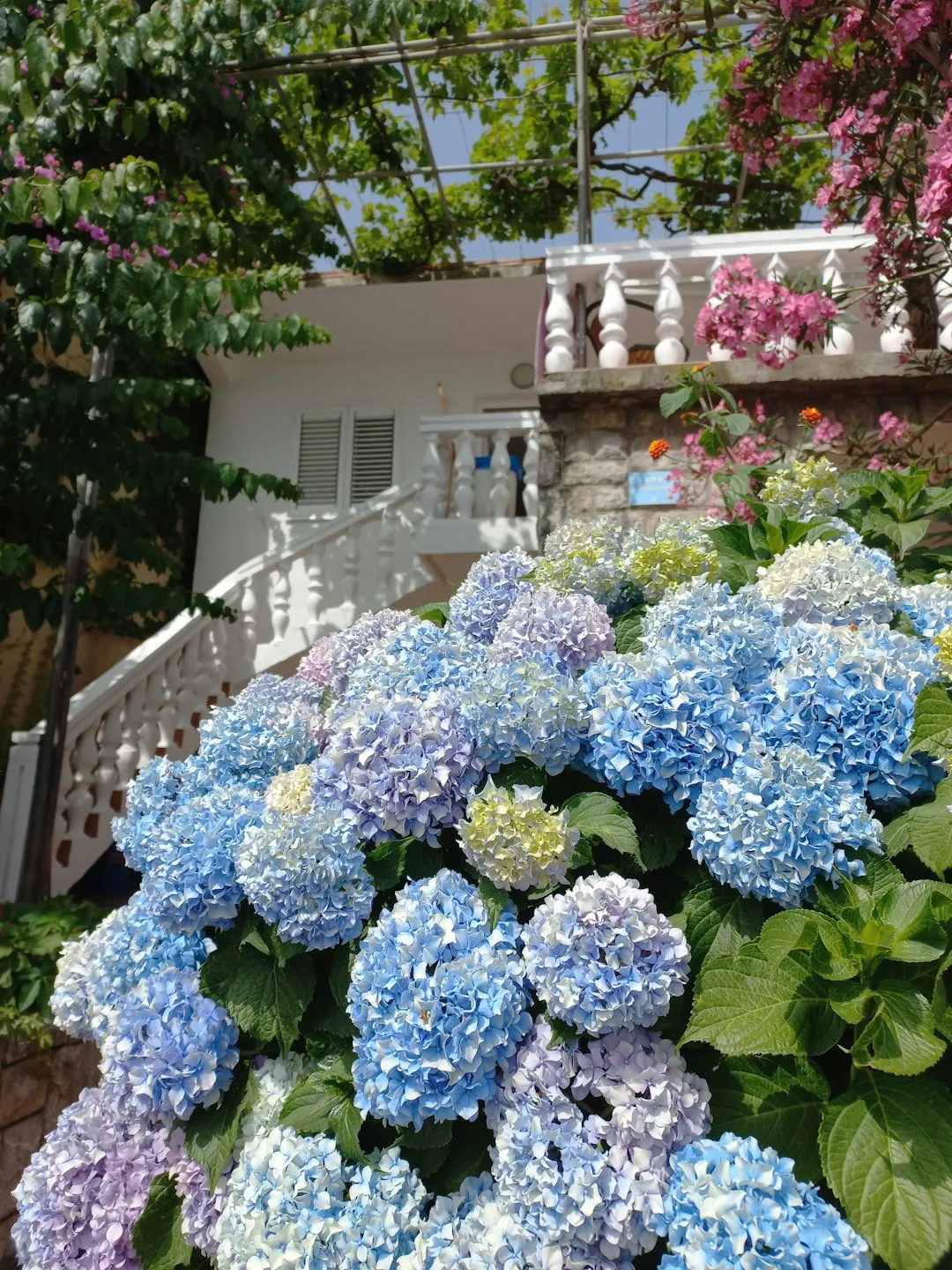Transform Your Yard with Low - Maintenance Hedge Shrubs

Are you looking to enhance the privacy of your yard while adding a splash of color and a touch of greenery? Look no further than low - maintenance shrubs for hedge plants. These versatile plants offer a plethora of benefits, from creating a natural barrier to beautifying your outdoor space.
One of the primary advantages of using low - maintenance shrubs for hedges is their ability to boost privacy. In today's world, where neighbors are often in close proximity, having a natural screen can make a significant difference. Whether you live in a suburban neighborhood or an urban area, a well - planted hedge can shield your yard from prying eyes. For instance, evergreen shrubs like the Boxwood (Buxus) form a dense and compact hedge that remains green throughout the year. Its slow - growing nature means less pruning and upkeep, making it an ideal choice for those with busy schedules.
Another great option is the Dwarf Alberta Spruce (Picea glauca 'Conica'). This conical - shaped shrub is not only low - maintenance but also adds a unique architectural element to your yard. It grows slowly and retains its shape well, so you won't have to spend hours shaping it. The Dwarf Alberta Spruce provides a year - round green backdrop and can be used to line walkways or define the boundaries of your garden.
When it comes to adding color, flowering shrubs are a fantastic choice. The Butterfly Bush (Buddleja) is a magnet for butterflies and other pollinators. It produces long, cone - shaped clusters of flowers in a variety of colors, including purple, pink, and white. These vibrant blooms not only add a pop of color to your yard but also support the local ecosystem. The Butterfly Bush is relatively easy to care for, requiring only regular watering and occasional pruning to keep it in shape.
The Forsythia is another well - known flowering shrub. In early spring, it bursts into a profusion of bright yellow flowers, signaling the arrival of the new season. Forsythia is hardy and can tolerate a wide range of soil conditions. It grows quickly, so it's a great option if you want to establish a hedge in a relatively short period. After the flowers fade, the Forsythia provides a lush green backdrop for the rest of the growing season.
Low - maintenance shrubs also offer environmental benefits. They help to reduce noise pollution by acting as a sound barrier. The leaves and branches of the shrubs absorb and deflect sound waves, creating a more peaceful and quiet outdoor environment. Additionally, these plants can help to improve air quality by filtering out pollutants and dust particles from the air.
When planting low - maintenance shrubs for hedges, it's important to choose the right location. Most shrubs prefer well - drained soil and plenty of sunlight. However, some varieties, such as the Japanese Holly (Ilex crenata), can tolerate partial shade. Make sure to space the plants appropriately to allow for proper growth and airflow. This will prevent the development of diseases and ensure that the shrubs remain healthy.
Regular watering is essential, especially during the first few months after planting. Once the shrubs are established, they generally require less water. Fertilizing can also help to promote healthy growth, but be careful not to over - fertilize as this can lead to excessive growth and a weakened plant. Pruning should be done at the appropriate time of year for each specific shrub. For example, evergreen shrubs are typically pruned in late winter or early spring, while flowering shrubs are pruned after they have finished blooming.
In conclusion, planting low - maintenance shrubs for hedge plants is a smart and rewarding choice. It allows you to create a private, colorful, and green oasis in your yard with minimal effort. Whether you're a seasoned gardener or a novice, these shrubs offer a great way to enhance the beauty and functionality of your outdoor space. So, go ahead and start planning your hedge today!